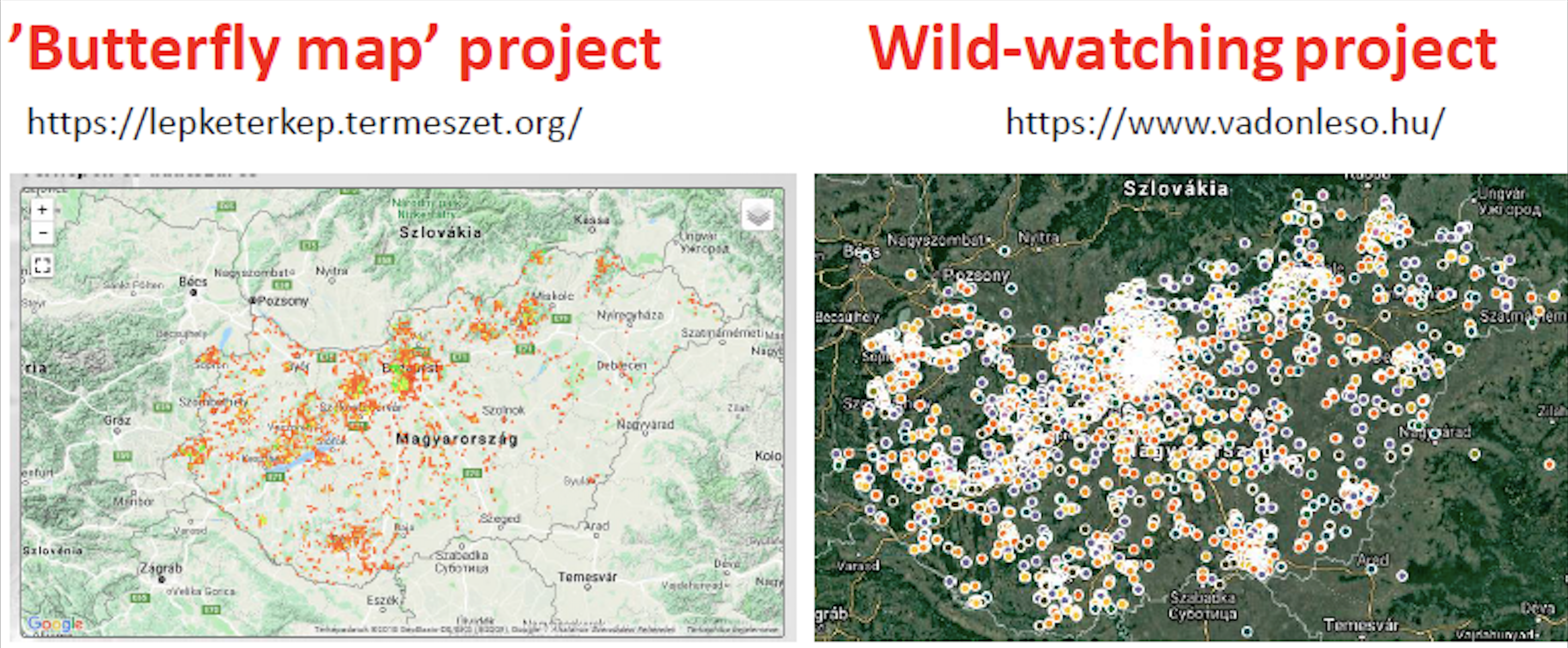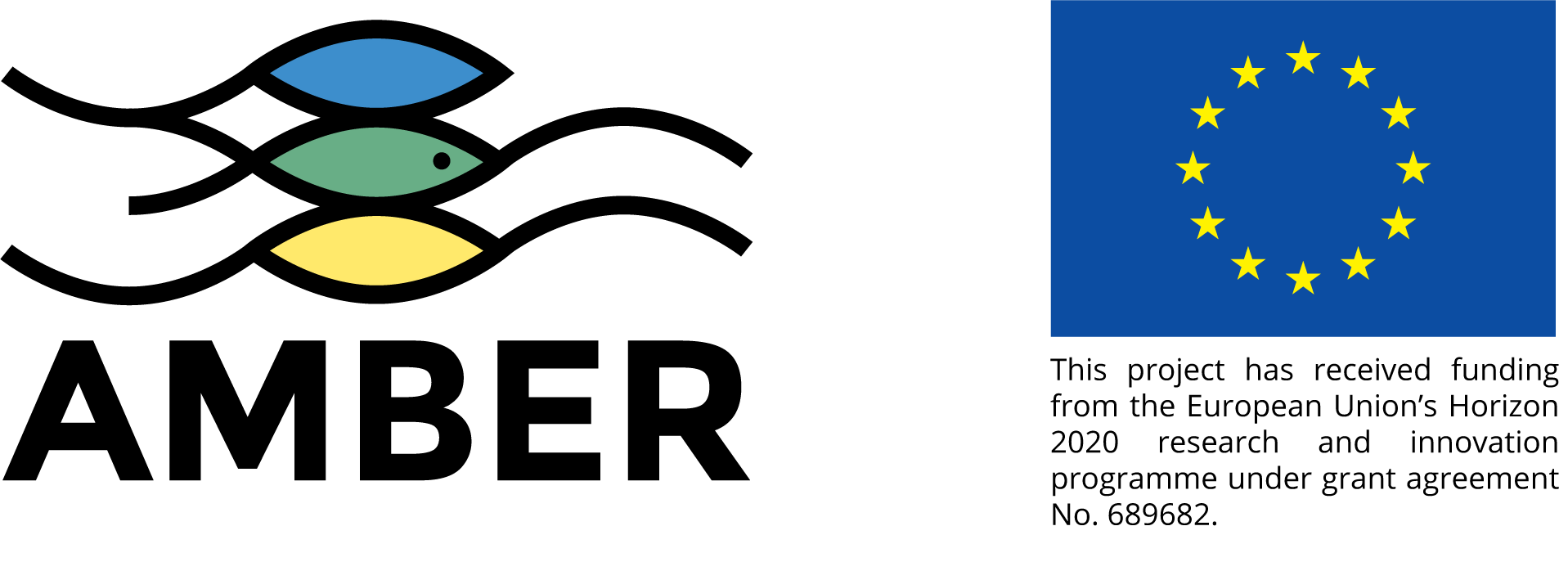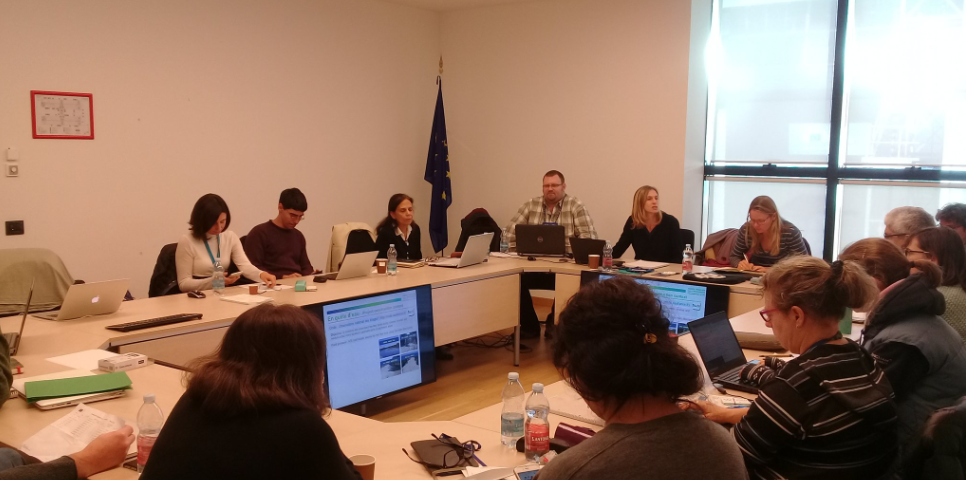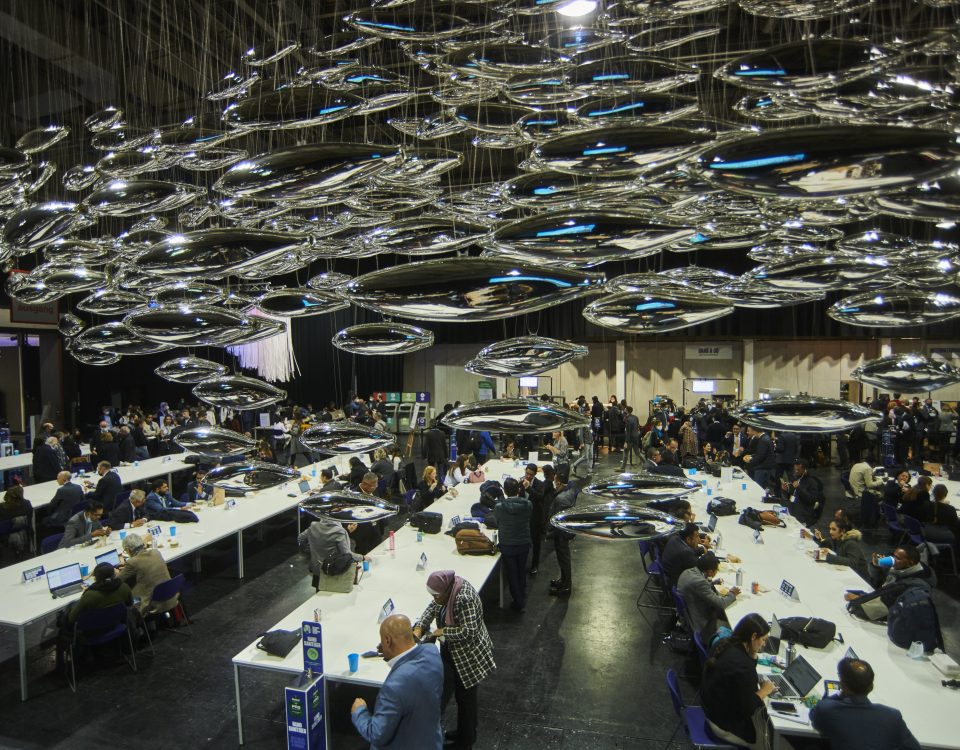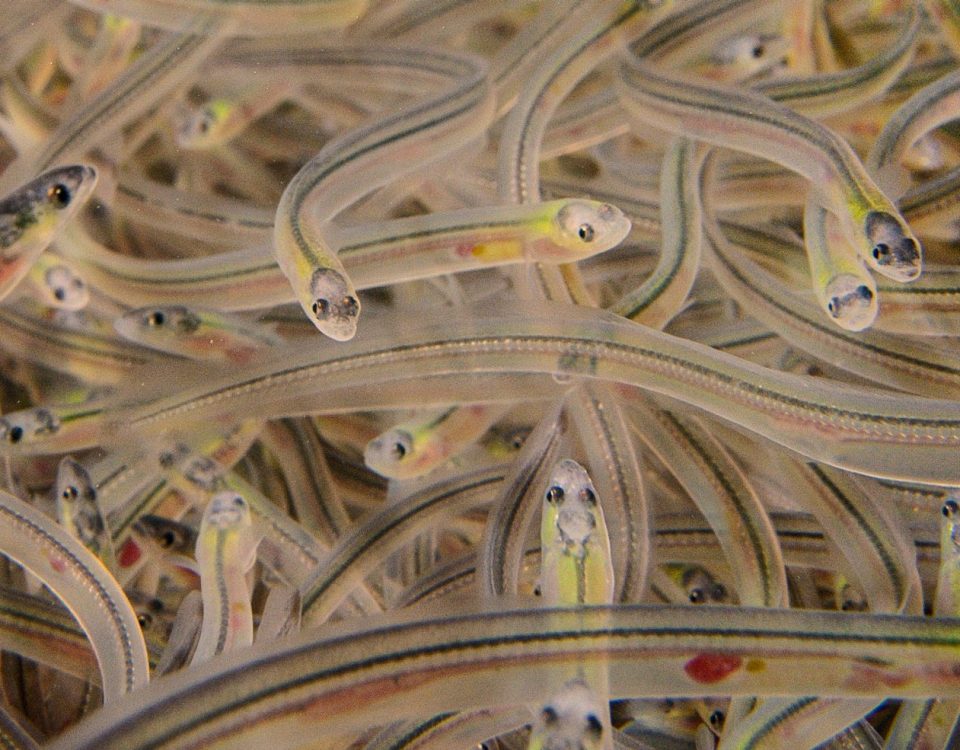
Removing dams can be risky too
January 27, 2019
Measuring the impacts of barriers and climate change on riverine habitats
January 28, 2019SMIRES workshop on Citizen Science
Last November, AMBER attended the SMIRES workshop on Citizen Science, hosted by JRC in Ispra. The workshop provided a great opportunity to the members of different projects to share experiences and opinions, foster networking and strengthen some European citizen science initiatives. The main objective of the workshop was to learn from those projects and initiatives already involved in local to national-scale citizen science initiatives, to assess the CA15113 - Science and Management of Intermittent Rivers and Ephemeral Streams (SMIRES).
Discussions included expounding upon new, potential diverse citizen science projects, considering scientific, technological and societal challenges. Some CS project ideas stem from difficulties in documenting specific elements in the field especially if geographically out of reach and/or a lot of data is needed.
The discussion also focused on weighting pros and cons of particular ways of managing CS projects including: defining aims, target groups, high-potential targets; organizing volunteer groups; developing protocols; translating into languages for the communication of messages; specifying technical tools; managing expectations, preventing disappointment; finding financial and technical resources; training of participants and validating data.
Lessons learned from other CS projects include the need adequate education protocols for potential citizen scientists and large networks to obtain successful public engagement. Difficulties include the need for financial backing in the long-term; achieving public awareness, understanding, engagement and getting valid scientific data. Past CS projects have found that people become engaged, in theory, by convincing them of their important role in data collection.
The knowledge shared and learned was valuable for all the organizations that attending, especially those considering designing their own citizen science project!
* CA15113 - Science and Management of Intermittent Rivers and Ephemeral Streams (SMIRES)
* The Modular River Survey
* Portugal presented several projects such as the national-scale Projecto Rios and CONFRESH (Comenius action in 2008).
* From Hungary: The Hungarian Bird Atlas Project, http://birding.hu/, the Odonating in Tolna, a butterfly map project, invasive snails in Budapest or the newest: http://www.arthropods.hu/
* The project “open / big data and citizen science for managing the water, food, energy and environment nexus”
* Lilfe TRivers
* Crowdwater
* Feedback on the co-construction of the project En quête d’eau, a new citizen science programme for the improvement of knowledge of the flow of French rivers.
* The European Alien Species Information Network – EASIN
Participants - Agenda of the event:
1. Datry T. and the SMIRES Steering Committee. A citizen-science network to monitor drying events in European river networks.
2. Garrido S.: Tracking barriers in rivers: The AMBER citizen science programme.
3. Gurnell A.: Characterising and monitoring the Physical Structure of Rivers and Streams: The Modular River Survey.
4. Morais M.: The current state of citizen Science as a tool for river conservation in southern Portugal: initiatives and future challenges.
5. Gallart F..: Using interviews with citizens for assessing the middle-term regime of temporary rivers.
6. Cid N : The LIFE+ TRivers experience using RiuNet app: IRES and citizen engagement in the participation process for the proposal of measures.
7. Van Meerveld I., Seibert J., Strobl B. and Etter S. CrowdWater: Crowd-based data collection for stream levels, soil moisture and the state of temporary streams.
8. Nowak C.: Feedback on the co-construction of the project En quête d’eau, a new citizen science programme for the improvement of knowledge of the flow of French rivers.
9. Cardoso AC.: Citizen Science in the context of the European Alien Species Information Network.
Author: Sara Garrido
